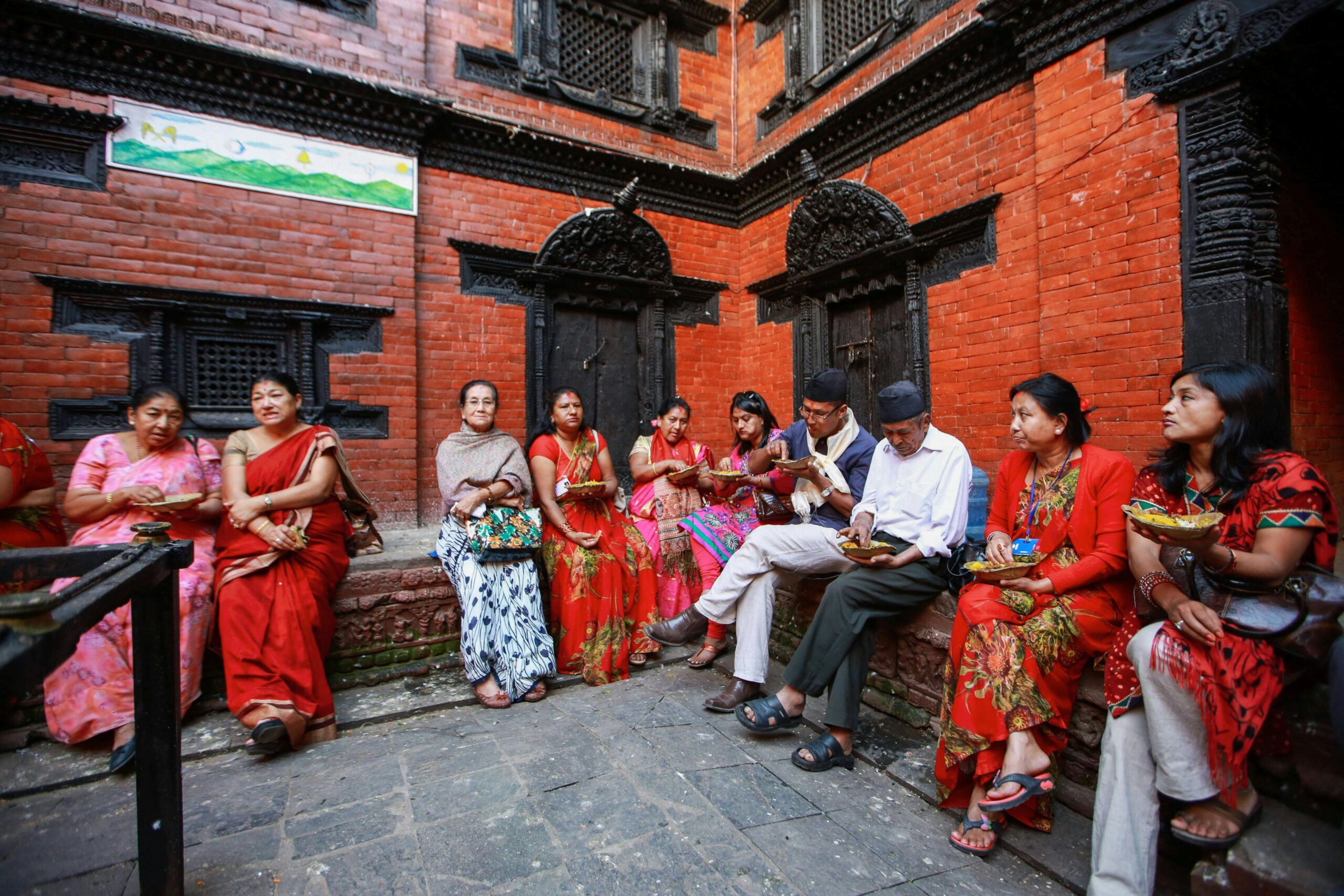Nestled in the heart of the Himalayas, Nepal is a captivating tapestry woven from myriad cultural threads. Each ethnic group adds its own colorful hue, creating a stunning mosaic reflective of the nation’s historical and social complexities. To understand Nepal’s cultural diversity is to appreciate the interwoven nature of its people, languages, religions, and traditions—each strand integral to the whole.
At the helm of the cultural spectrum are the various ethnic groups that inhabit the landscape, each uniquely contributing to the vibrant cultural identity of the nation. With over 120 distinct ethnicities, the demography of Nepal resembles an intricate patchwork quilt, where each patch not only holds its own story but also fits harmoniously with those surrounding it. The inclusion of groups such as the Brahmins, Chhetris, Newars, and Tharus showcases a rich confluence of history, art forms, and social customs.
The Brahmins and Chhetris, often viewed as the dominant castes in Nepal’s traditional hierarchy, have played significant roles in shaping its political landscape. In contrast, the Newars of the Kathmandu Valley are revered for their artistic endeavors, especially during the extravagant festivals that celebrate their unique blend of Hinduism and Buddhism. Each celebration is a veritable feast for the senses, featuring elaborate processions and intricate rituals that exemplify the vibrancy of Nepali cultural ethos.
Further to the east, the Tharus reside in the Terai region, marking a fascinating juxtaposition to the highland cultures. They are often considered one of the indigenous tribes of Nepal, possessing a lifestyle that is steeped in agrarian traditions and a deep bond with the land. The Tharu’s embrace of nature manifests in their customs, music, and their intricate bamboo and mud-walled homes, which coexist with their vibrant green fields. Here, the hills provide a picturesque backdrop, shaping and being shaped by the rhythm of daily life.
Language, too, serves as a fundamental pillar of cultural significance in Nepal. With over 123 languages spoken across the country, each language embodies unique worldviews and traditions. Nepali, the official language and Lingua Franca, serves as a bridge connecting diverse groups. Yet, languages like Maithili, Bhojpuri, and Tamang persist, preserving the distinctiveness of their speakers while enriching the linguistic symphony that is quintessentially Nepali.
The religious landscape is yet another vital facet of Nepal’s multilayered identity. Predominantly Hindu, the nation also embraces Buddhism in a profound manner. The coexistence of these religions is famously symbolized in the harmonious relationship between Hindu and Buddhist temples that often stand side by side. From the sacred chants of the pujas performed in the temples of Pashupatinath to the serene stupas of Swayambhunath, spirituality permeates the air of this breathtaking land.
Moreover, regional variations add further complexity to the cultural narrative. The festivals celebrated throughout the year reflect regional distinctiveness. Dashain, the most significant Hindu festival, is celebrated nationwide, yet each community colors it with their traditions. Likewise, Tihar, known as the festival of lights, incorporates homage to not only deities but also to animals, particularly crows and dogs, showcasing the interconnectedness of Nepali culture with nature and life around.
A UNESCO World Heritage site, the Kathmandu Valley is a living museum that offers an invaluable glimpse into how culture flows through time. Temples adorned with exquisite carvings, traditional wooden houses, and the sounds of traditional music coalesce into an ambiance that speaks to the rich historical narrative. Each street and alley in the valley serves as a reminder of the cultural richness that flourished over centuries, vastly influential in shaping the identity of the nation.
Environmental consciousness and cultural diversity are intrinsically linked in Nepal. The traditional practices and cultural beliefs are often steeped in reverence for nature, evident in many indigenous communities’ sustainable agricultural techniques. These practices, rooted in centuries-old wisdom, are crucial in a world grappling with climate change, heralding a quiet yet powerful call for preservation amidst the encroachment of modernity.
However, globalization threatens to dilute this rich cultural diversity. Urban migration and the influence of modern consumer culture challenge the vitality of many ethnic traditions. The paradox lies in the alluring allure of modernization juxtaposed against the risk of losing centuries of cultural heritage. In this delicate balance, the preservation of unique traditions and languages becomes imperative, as they embody the essence of what it means to be Nepali.
Amidst rapid changes, grassroots movements are emerging in Nepal, focusing on revitalizing local customs and languages. Knowledge-sharing initiatives and cultural exchanges are ramping up, fostering a newfound appreciation for traditional practices among the younger generation while allowing elders to pass on their inherited legacies. The result is an inspiring resurgence of pride and dedication to cultural preservation, ensuring that diversity remains an integral part of Nepal’s national identity.
In essence, the cultural diversity of Nepal is not merely a collection of practices, beliefs, and traditions, but a vibrant tapestry that thrives on the principles of cohabitation, respect, and resilience. It stands as a testament to human ingenuity, adaptability, and the importance of interconnection between diverse ethnicities and traditions. As the world seeks sustainable paths for the future, the lessons drawn from Nepal’s cultural richness may well provide invaluable insights in navigating the complex interplay between culture and environmental protection.
